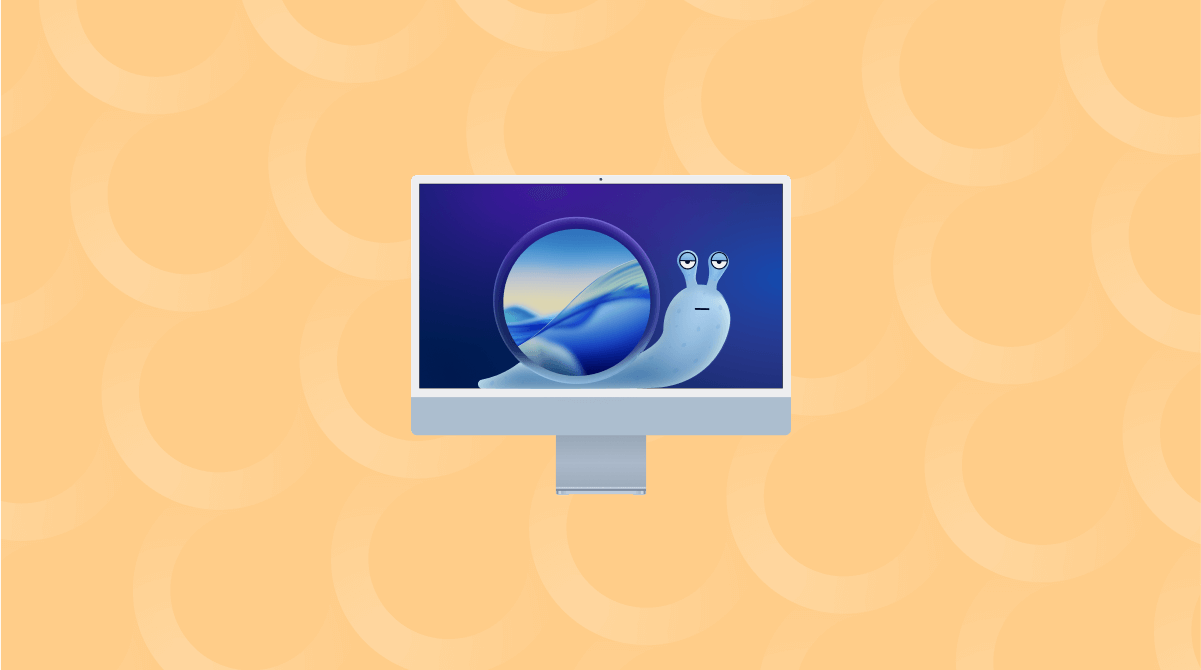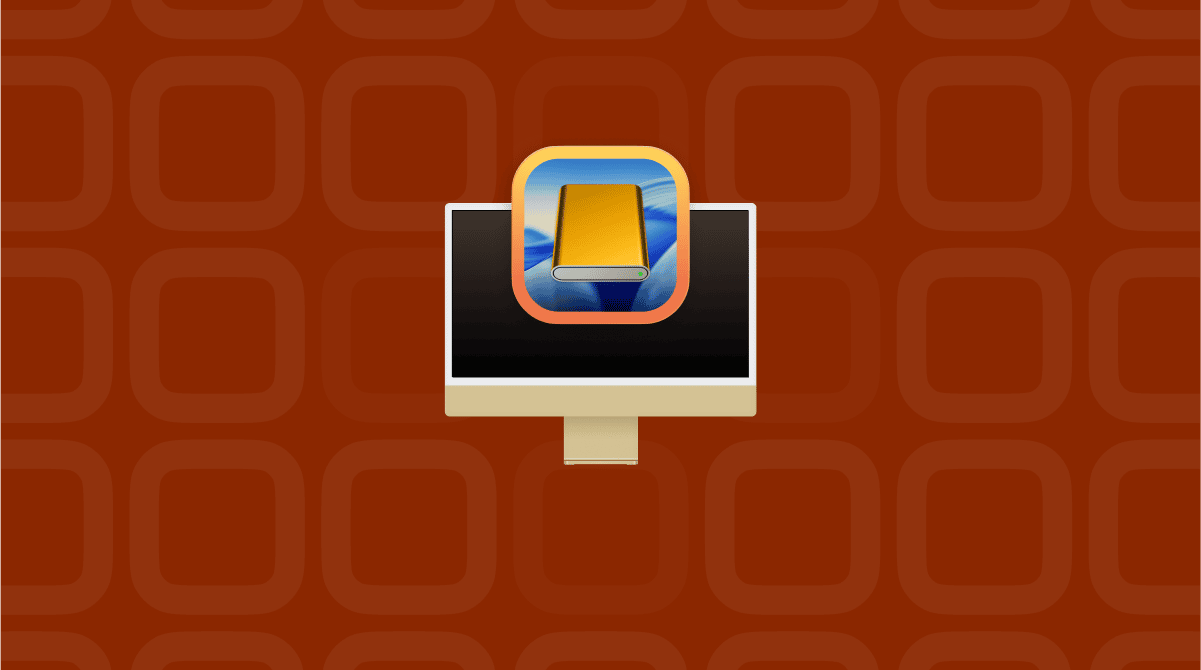So, should you upgrade to macOS Tahoe? It's a question I'm seeing and hearing all over the internet right now. And if you're reading this article, you're probably trying to decide whether it's worth clicking Upgrade Now.
I've been running macOS Tahoe for over a month now, and the answer isn't as simple as a yes or no. It depends on your Mac, what you use it for, and if you're ready to deal with a few quirks that come with early adoption.
Below, I'll break down which Macs are compatible, who should upgrade, who maybe shouldn't, and what I experienced firsthand, both the wins and the frustrations. So let's get into this.
macOS Tahoe Mac compatibility
Before you think about updating, you need to check if your current device is even compatible.
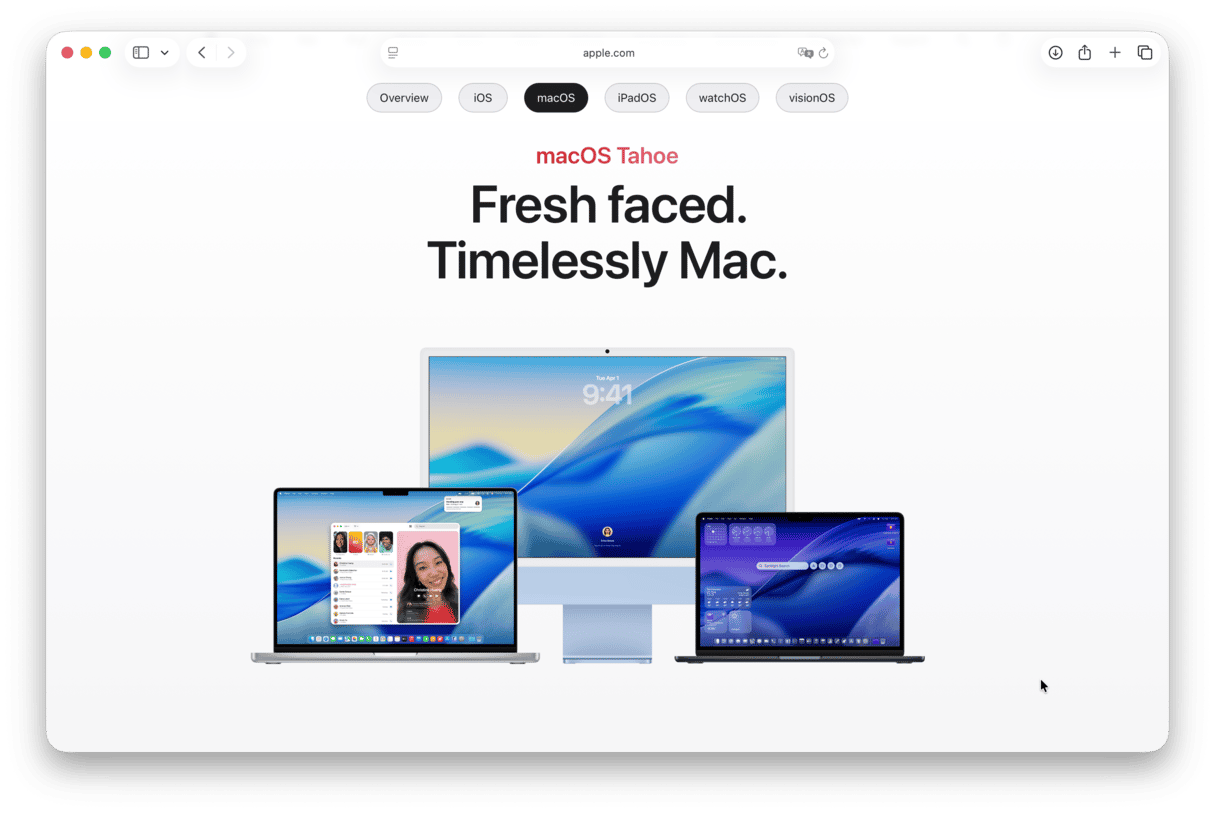
Here's the official list from Apple:
- MacBook Air with Apple silicon: 2020 and later
- MacBook Pro with Apple silicon: 2020 and later
- Mac mini: 2020 and later
- MacBook Pro: 16‑inch, 2019 and later
- iMac: 2020 and later
- Mac Studio: 2022 and later
- Mac Pro: 2019 and later
- MacBook Pro: 13‑inch, 2020, Four Thunderbolt 3 ports
If you're on anything older than that, the update simply won't show, or it won't install without patching.
I'm running it on a 2021 MacBook Pro, and while it's generally stable now, I hit a few bumps early on, especially around networking and boot reliability.
Should you upgrade to macOS Tahoe?
Well, let's break this question down. I've gathered seven solid reasons you should upgrade, based on actual usage and what's changed under the hood, and two reasons you might want to wait.
Seven reasons to upgrade to macOS Tahoe
1. Stunning Liquid Glass design
macOS Tahoe brings in a new visual style called Liquid Glass. If you haven't heard much about it, it's not just a shine-up for the UI; it actually makes the system feel lighter. It's an overall subtle translucent effect that, once you notice it, is hard to unsee. Personally, it made older versions of macOS feel a bit flat by comparison.
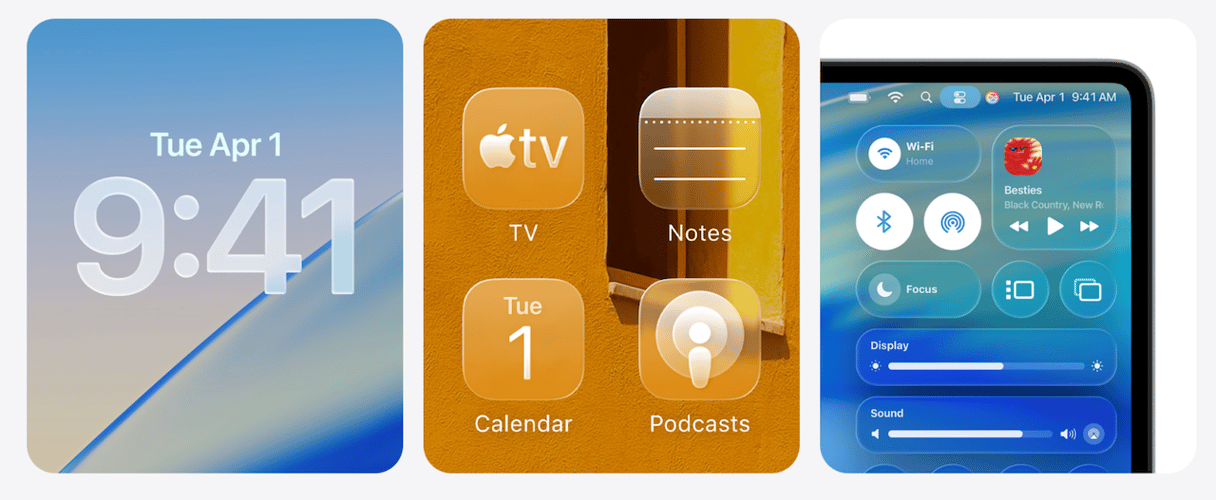
2. Greater customization in Control Center & menu bar
You can now personalize what appears in your Control Center and menu bar, with support even for third-party app controls.
3. Redesigned Spotlight with Apple Intelligence
Spotlight Search has been fully upgraded. You get native quick actions, search in categories like Apps, Files, Shortcuts, and Clipboard, custom quick-key commands, and deeper Apple Intelligence integration to automate tasks or summarize content.
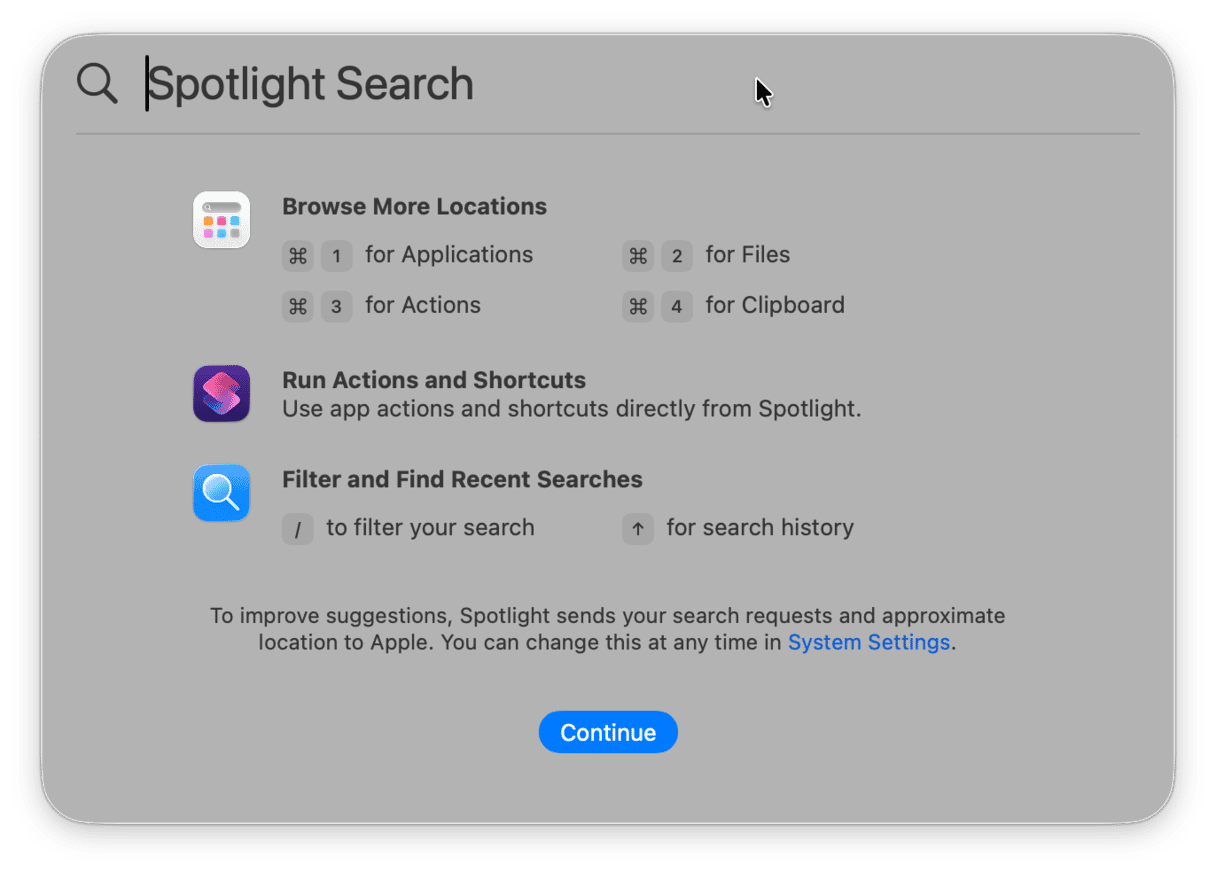
4. Apple Intelligence across Apps
Apple Intelligence now powers translations in messages and FaceTime calls, as well as AI‑assisted shortcuts for tasks like summarization and image generation, and it feels truly integrated in macOS Tahoe.
5. New built-in apps: Phone, Games, and Journal
Tahoe includes the Phone app on Mac, letting you take calls, manage contacts, and screen calls using Continuity. You also get a Games app with Game Overlay for chatting or adjusting system settings mid‑game, and the first-ever Journal app on macOS.
6. Live activities and continuity enhancements
Your Mac can now show live updates (like flight status or timers) right in the menu bar through Live Activities. The Phone app and Messages now update together across devices more seamlessly.
7. More accessible and personalized system elements
You can now tint app icons, color-code folders, or add emojis to help visually organize your files. macOS Tahoe also adds features like a system-wide Magnifier, accessibility reader, and Braille support for expanded usability.
Ok, so we've covered all the reasons why you should upgrade to macOS Tahoe. What about the cons?
Two reasons you might not want to upgrade yet
1. System-level bugs are still being ironed out
There are lingering bugs in macOS Tahoe, particularly around Wi-Fi dropouts after waking from sleep, and in some cases, boot loops. I experienced both. I fixed them, but it took time. If your work relies on 100% uptime, you might want to wait until these bugs are patched.
2. Older audio and USB hardware may not work
If you rely on older audio interfaces, USB-MIDI gear, or legacy drivers, then it's possible that macOS Tahoe might not be compatible. Apple has tightened security around system extensions, and some manufacturers simply haven't released fully compatible drivers yet. There are reports online of devices disappearing or needing full reinstalls after the update. So, if your setup is hardware-heavy, it's probably safer to wait.
If you do decide to upgrade to macOS Tahoe
If the pros outweigh the cons, then this is an important tip you won't want to miss. A clean system goes a long way toward preventing post-update headaches, so before you start the upgrade process, take a little time to prep your Mac.
I ran some important maintenance tasks with CleanMyMac's Performance feature to get my Mac in top shape before switching things up; here's how:
- Start your free CleanMyMac trial — check out how it works for 7 days.
- Open the app > Performance > Scan.
- Click View All Tasks.
- Select items and click Run.
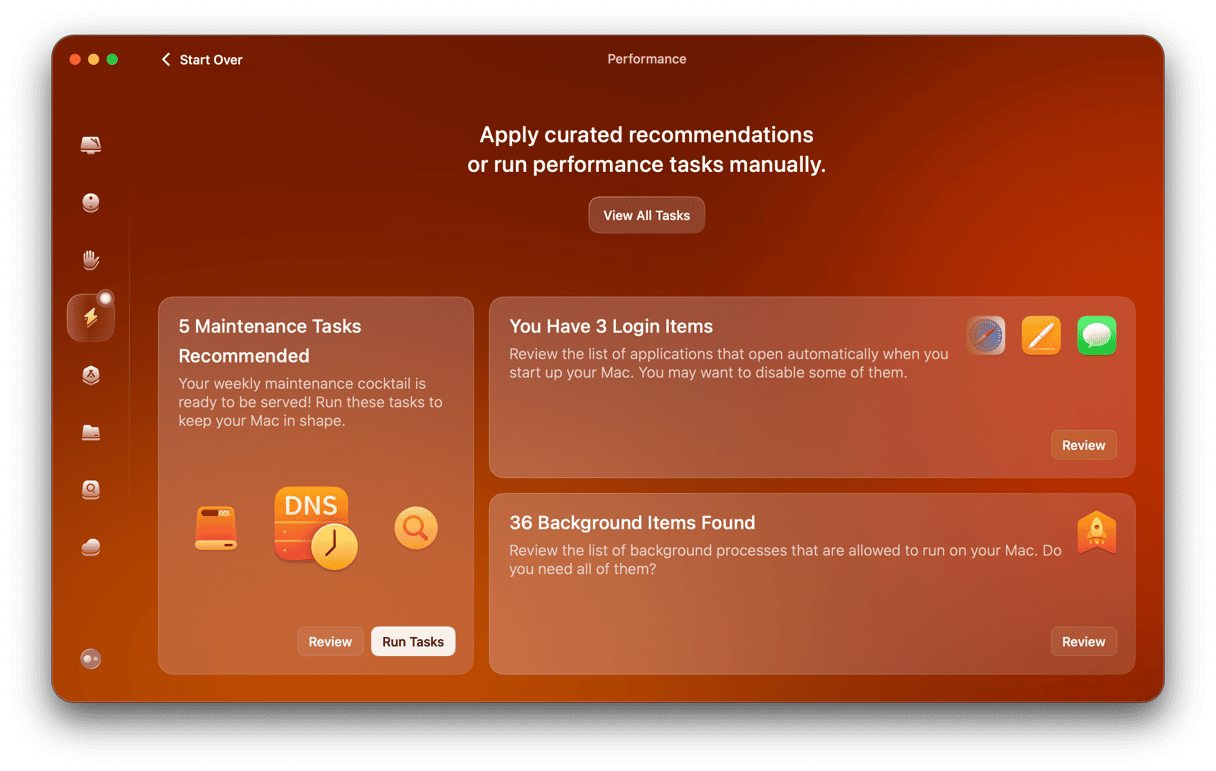
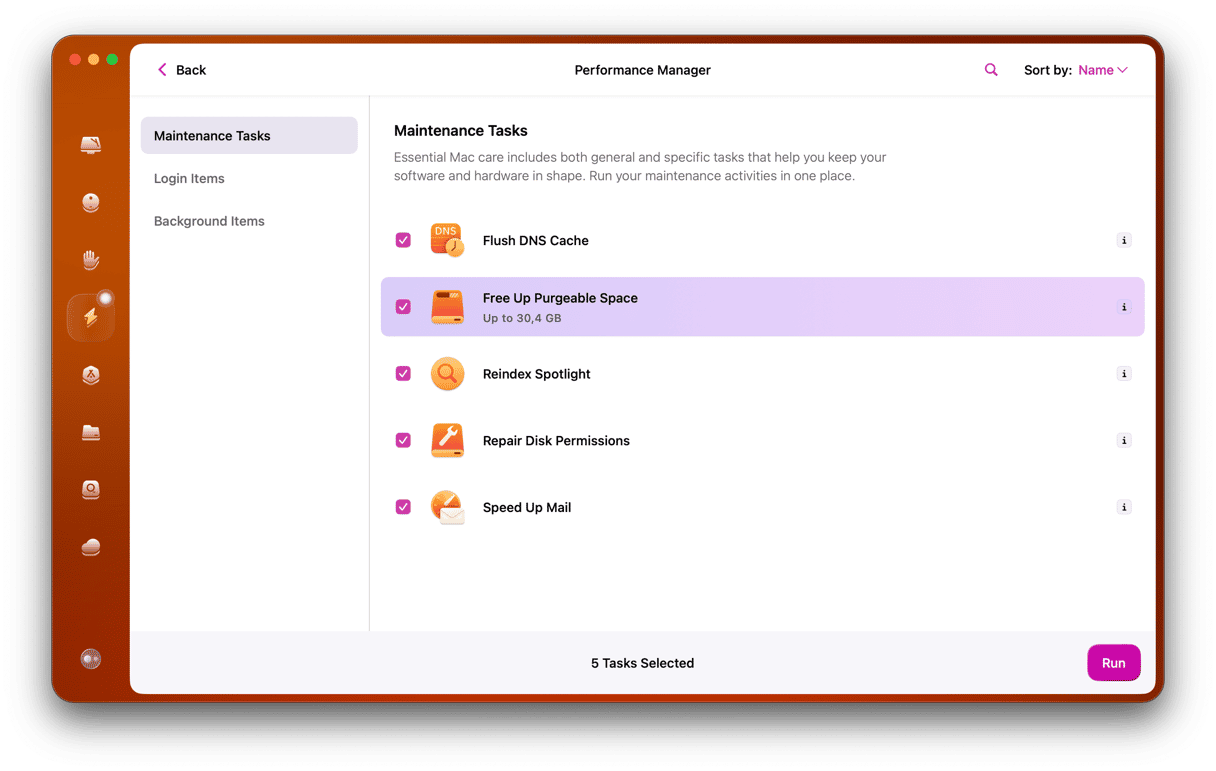
If you want a smooth installation, maintenance tools will matter more in 2025 than they did a few years ago, and this isn't a step to skip.
There we have it. This was our take on whether upgrading to macOS Tahoe is worth it. If your Mac is compatible, and you're not locked into legacy software or hardware, the answer is yes, but only after doing some prep. While my upgrade wasn't flawless, I don't regret it. The features are more thoughtful this time around. The OS feels lighter after tuning. And most of the real pain points were fixable with cleanup and some maintenance.






